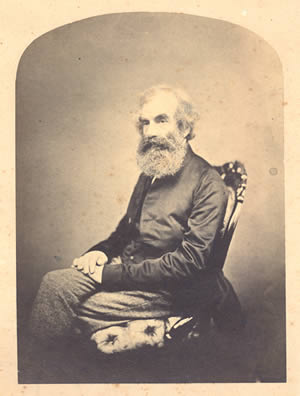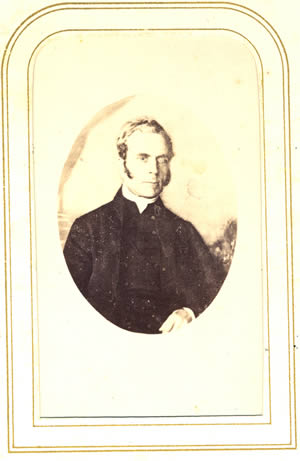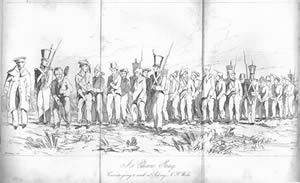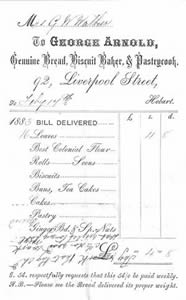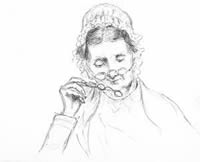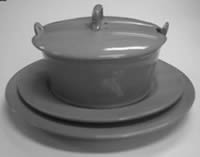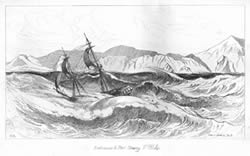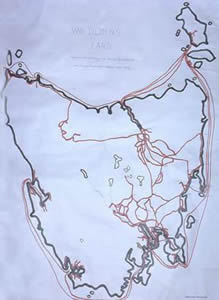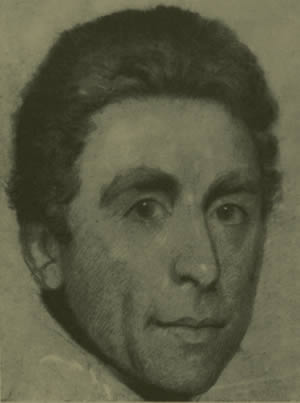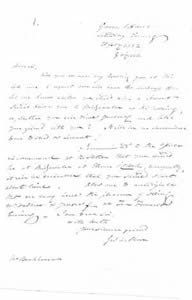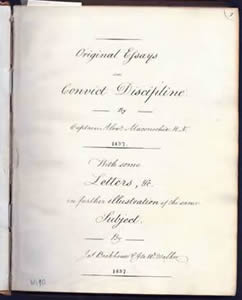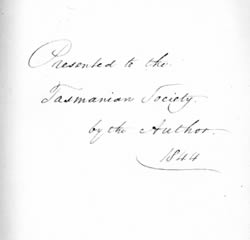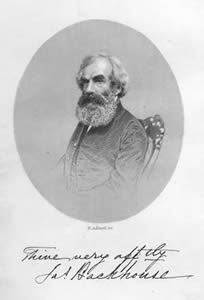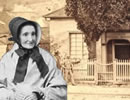 |
 |
|
Backhouse and Walker arrived in Hobart on the 8th of February 1832. Their aim was ‘to discharge a duty of Christian love’. Over the next six years they travelled extensively around Van Diemen’s Land, made two visits to New South Wales, and visited the new colonies of Victoria and South Australia. Throughout this time they worked tirelessly to improve conditions for convicts, protect the Aborigines, and promote morality.
Backhouse’s A Narrative of a Visit to the Australian Colonies provides valuable evidence of life in Van Diemen’s Land in the early nineteenth century. He recorded conversations with people who had been part of the first settlement in 1804. A young woman who had been a child at the time recalled being left in the care of Aborigines, while an ex-marine who had stayed on in the colony to earn a good living hunting kangaroos and emus, recalled confronting a giant forester kangaroo, nine feet high, on the site of the barracks in Hobart and often falling in with bands of Aborigines, ‘in whom there was then no harm’. He told Backhouse that the Aborigines hurt no one until two white men, charged with murder, escaped from Port Dalrymple and ‘got among them’. 11 Backhouse and Walker visited the Aborigines on Flinders Island and showed an interest in their welfare. 12 They did not share the disdain voiced by most colonists. When they came together socially, Walker observed, the Aborigines ‘are like so many brothers and sisters’. 13 He denied their intellectual inferiority. ‘They exceeded the Europeans in skill, in those things to which their attention had been directed in childhood’, he wrote, ‘just as much as Europeans exceeded them in points to which the attention of the former had been turned in the culture of civilization’. 14 He believed they were the just possessors of the land. ‘This priority of claim’, Lady Franklin noted after reading Backhouse’s letter on this matter to Governor Bourke, ‘must be admitted by anyone who wants equity and common justice’. 15 The Quakers spent most time observing the convict system, and ministering to as many convicts as were willing to join them in their meetings. Sir George Arthur, Lieutenant-Governor, facilitated their travel, giving them permission to interview convicts in road-gangs and to visit the notorious prison-camp at Macquarie Harbour. They likewise visited New South Wales and the penal establishment at Moreton Bay and Norfolk Island. Though critical of the abuses and casualties of the system, and ever ready to plead the cause of the unfortunate and repentant, Backhouse and Walker remained broadly supportive of policies that were designed, in theory if not in practice, at rehabilitation and reformation. Walker saw the convict system in all its incarnations. In 1845 he had great hopes for the convicts who arrived in Hobart on the Sir George Seymour . The products of the new Pentonville system of discipline and reform, they bore themselves well and looked set for rehabilitation. Unfortunately, as he related in a letter, it all turned sour. Assigned to the backbreaking labour of the road gangs rather than agricultural work, and disappointed in their expectation of early employment on the land, the ‘Pentonville men’ fell back into misconduct and vice. Walker assured his correspondent that the failures should not be attributed to the system, but to mismanagement and conditions in the colony. He spoke feelingly of ‘the blighting influence of the “hope deferred which maketh the heart sick” and the constant influence and weight of the temptations to evil by which men under such circumstances are but too surely surrounded.’ 16
|
|
||||||
Quaker Life in Tasmania Home | UTAS Library Home
|
|||||||
| © University of Tasmania ABN 30 764 374 782 CRICOS Provider Code 00586B | Copyright & Disclaimers | Accessibility | Site Feedback International Students | Future Students | Research | The Graduate School | Library Home |
